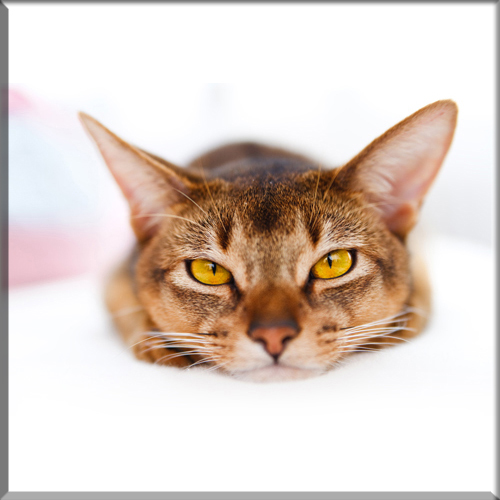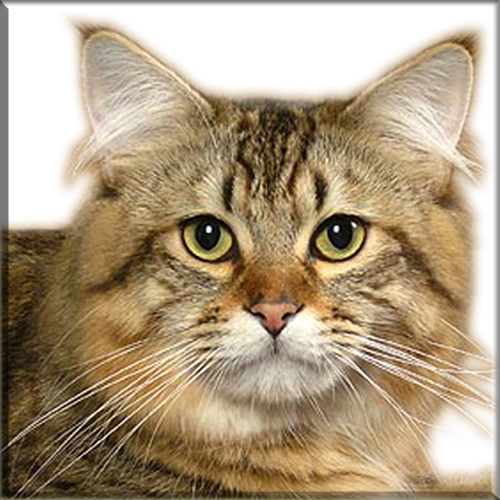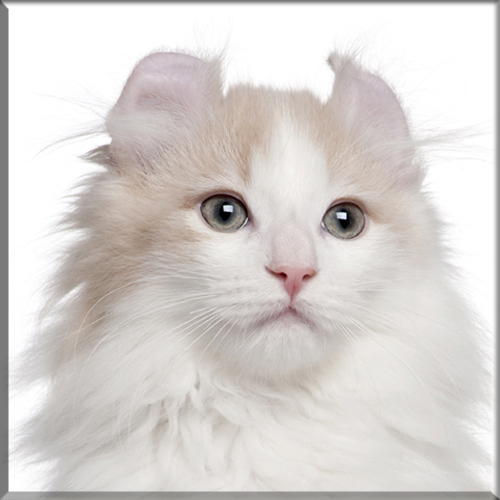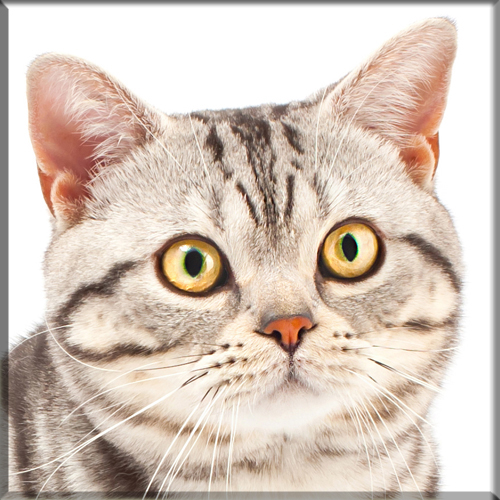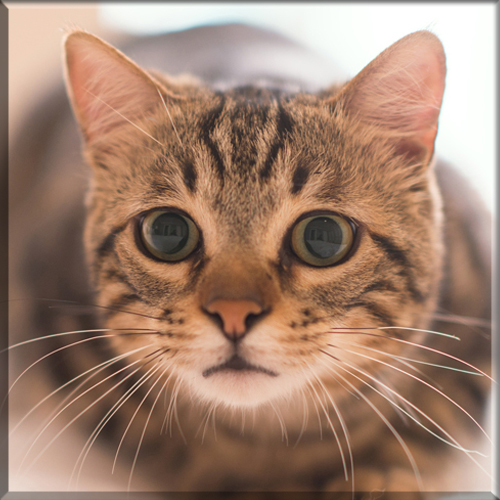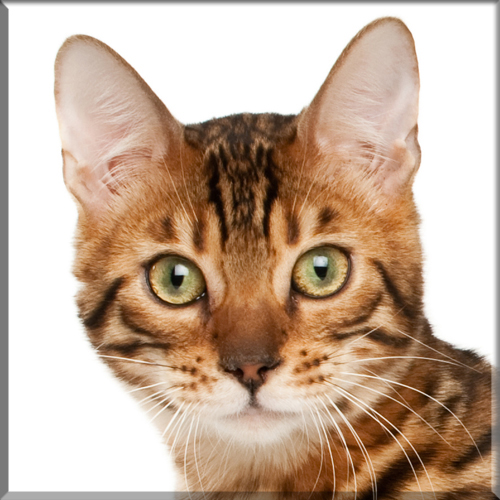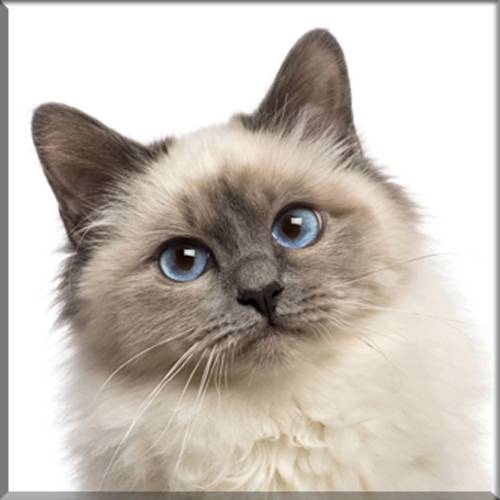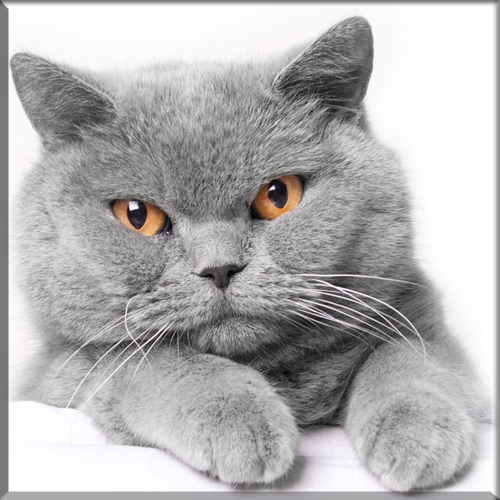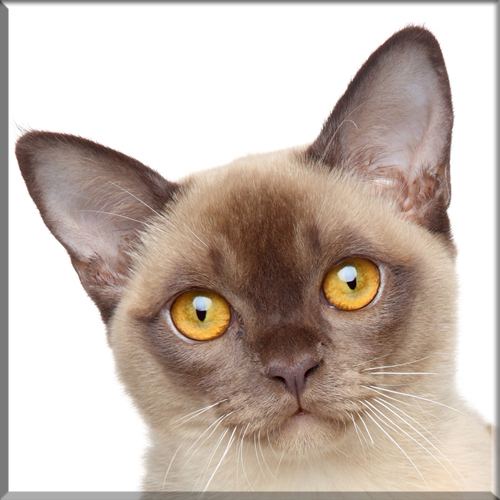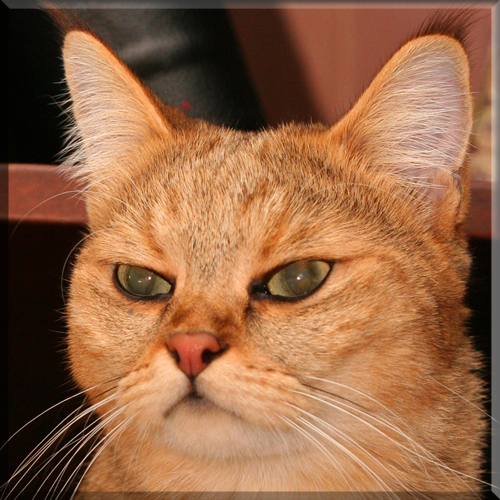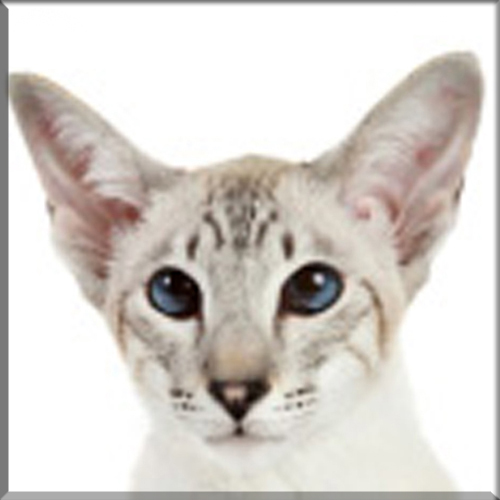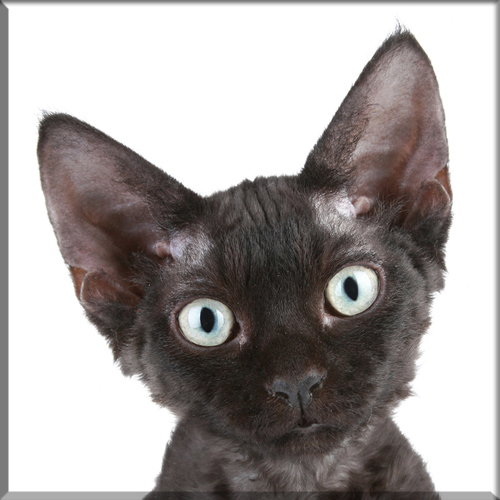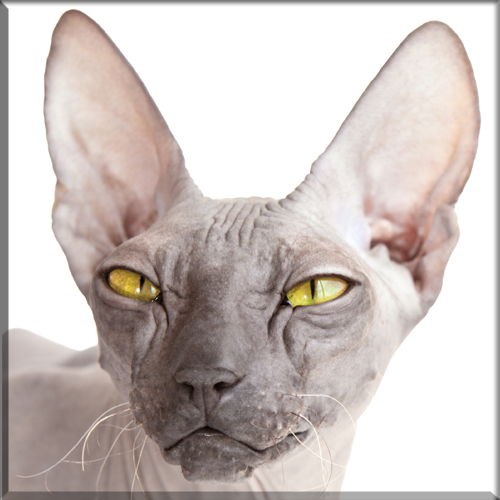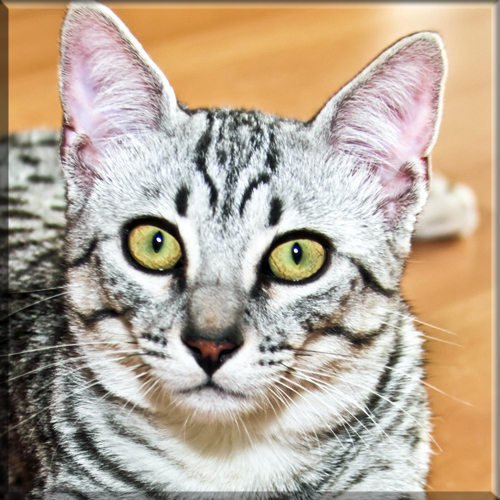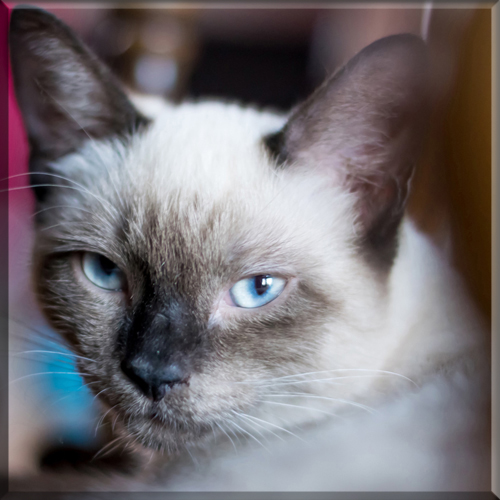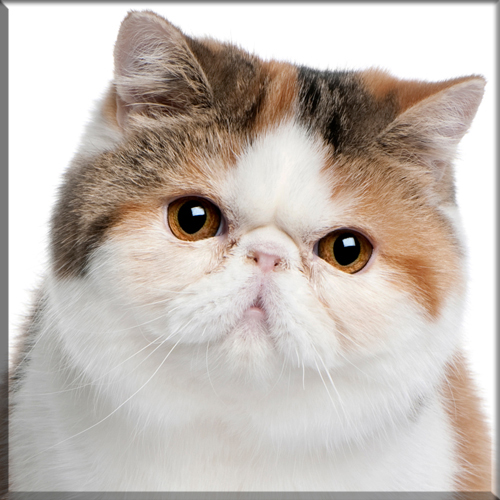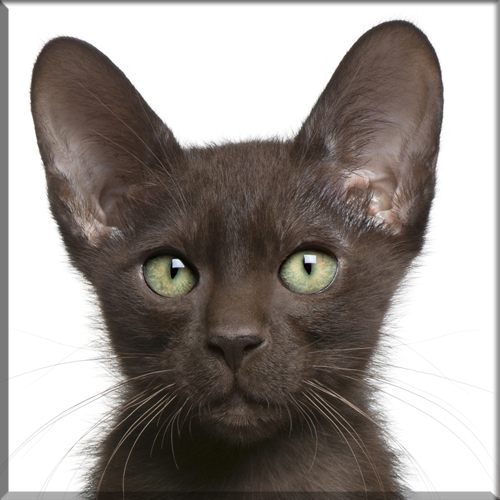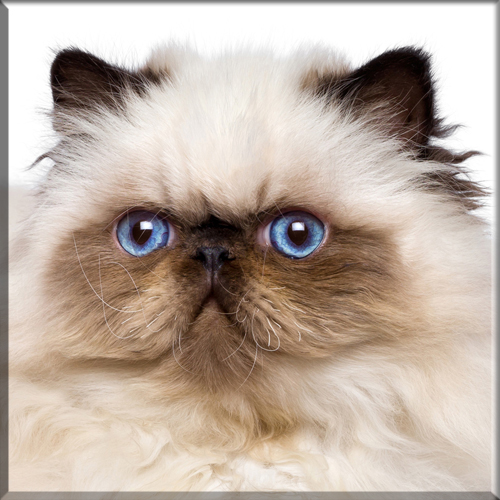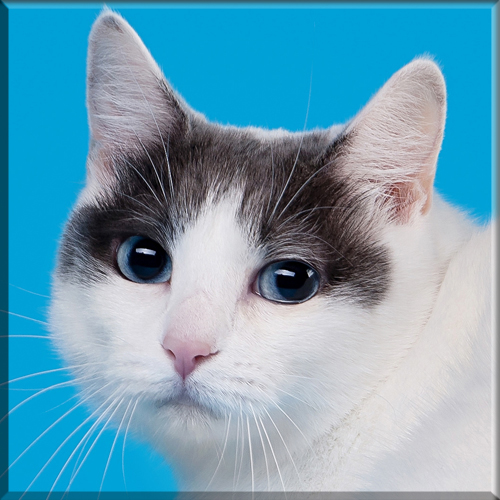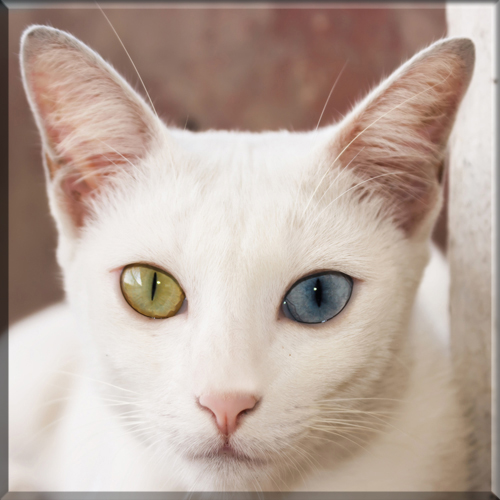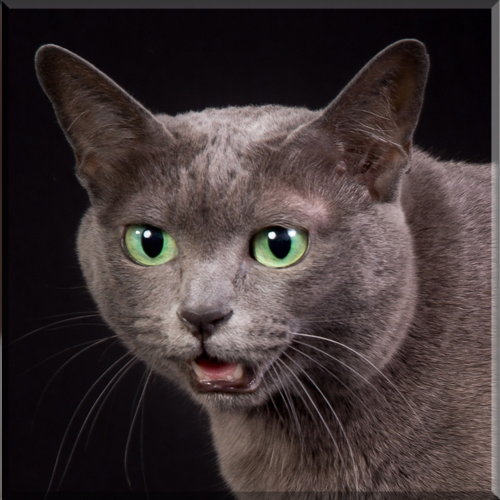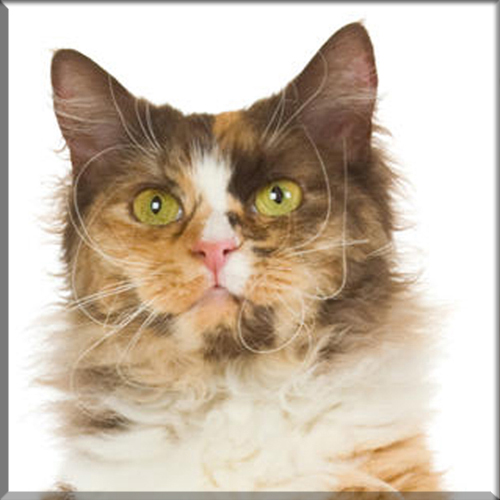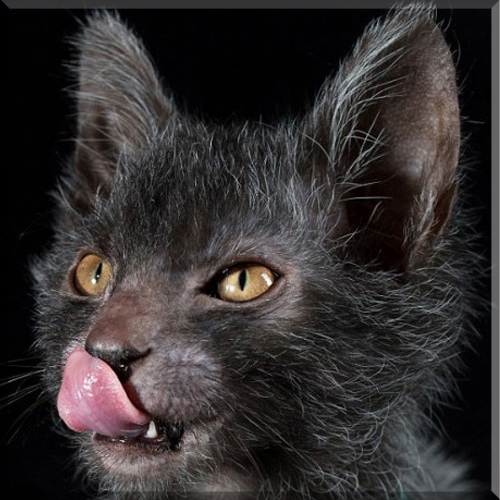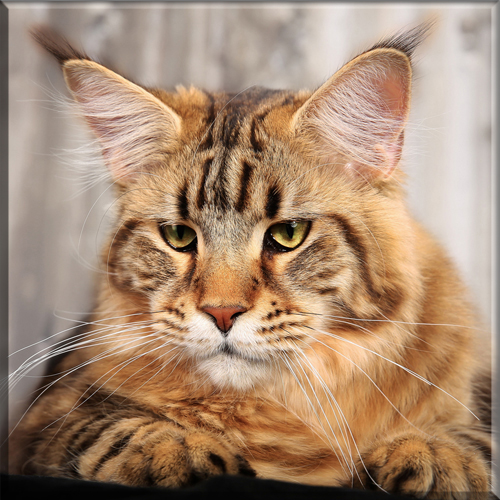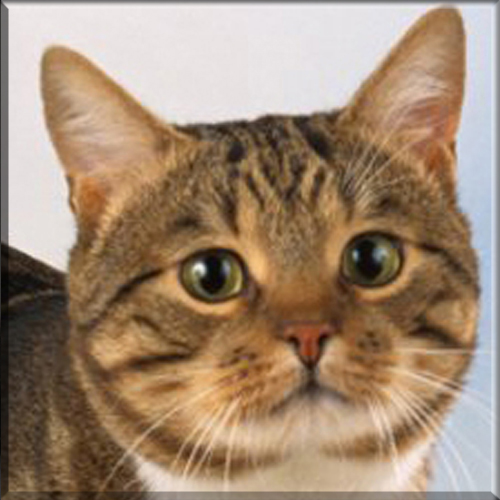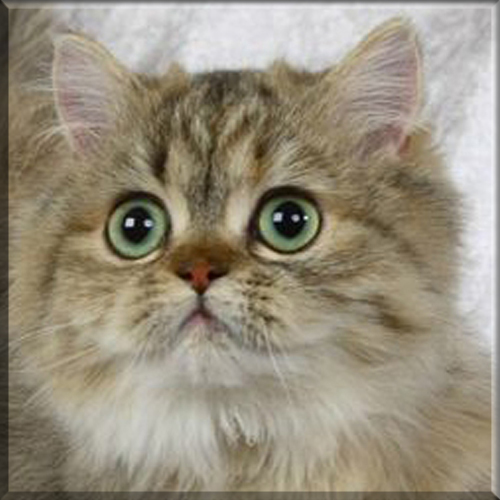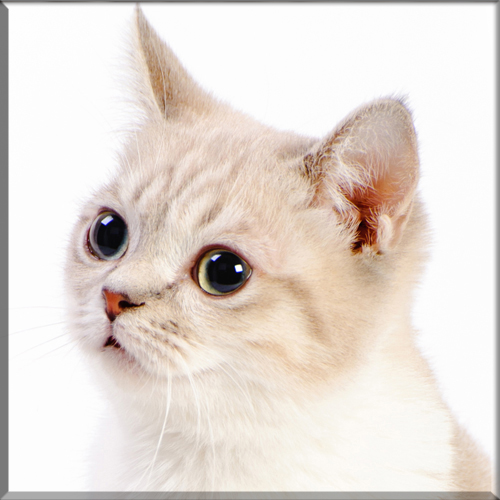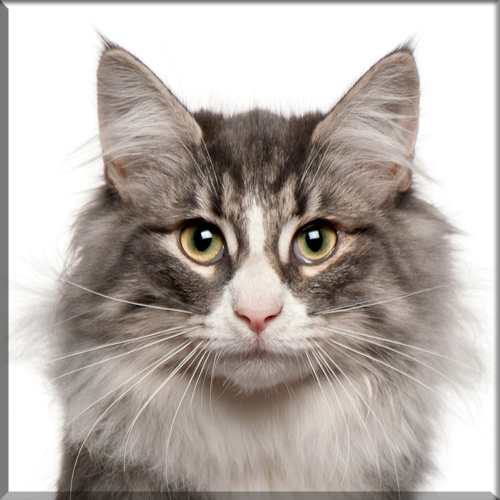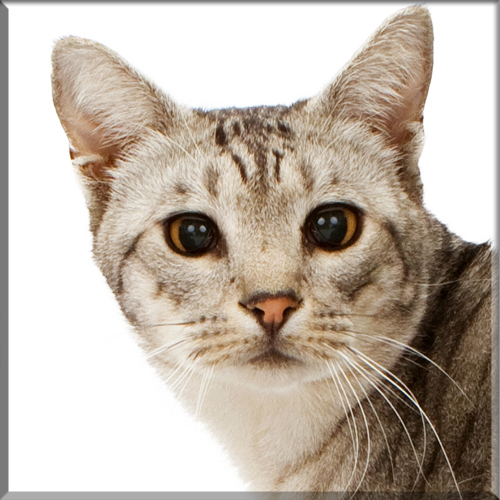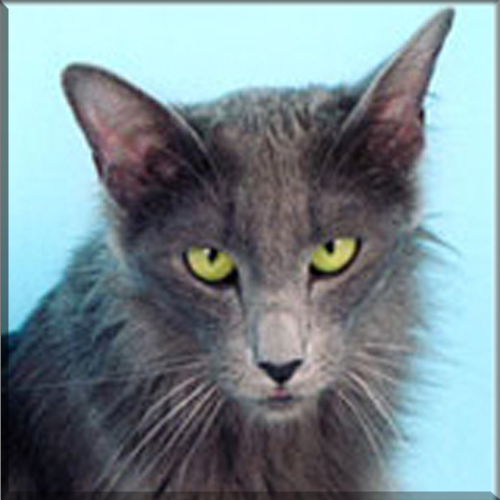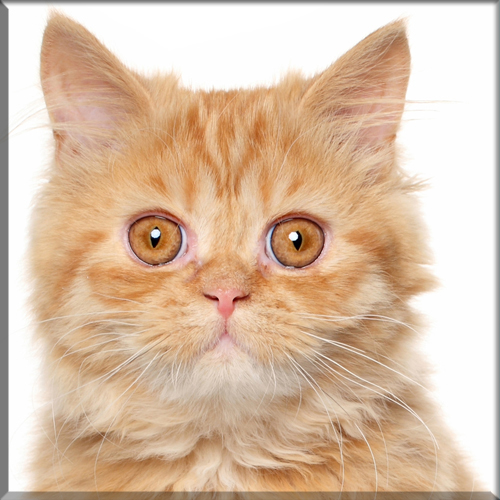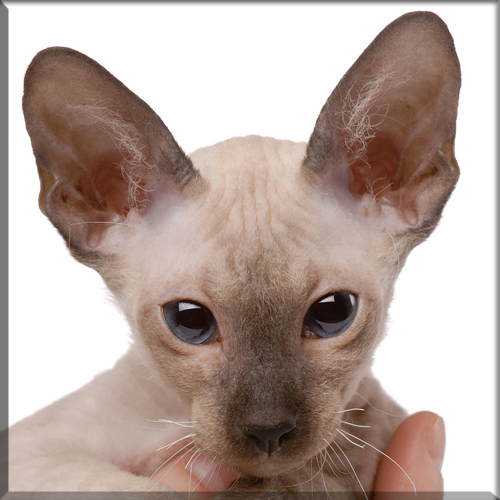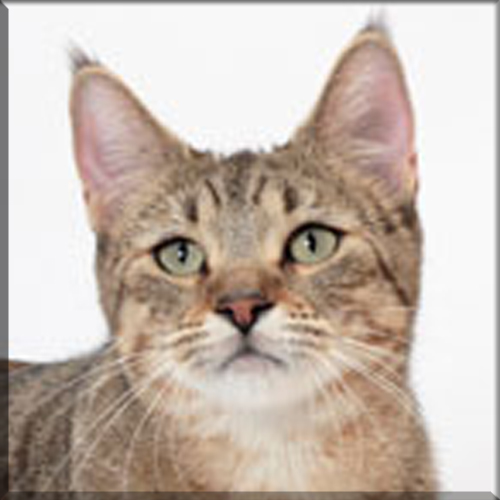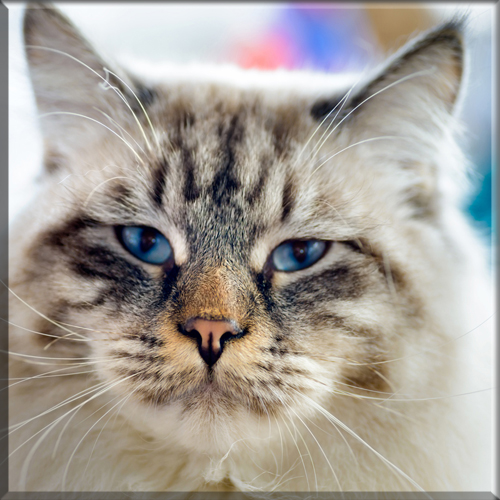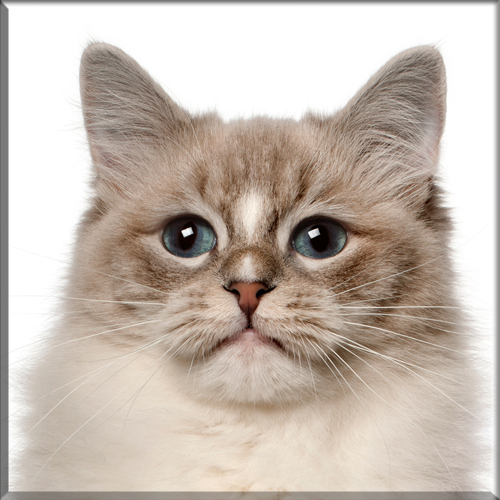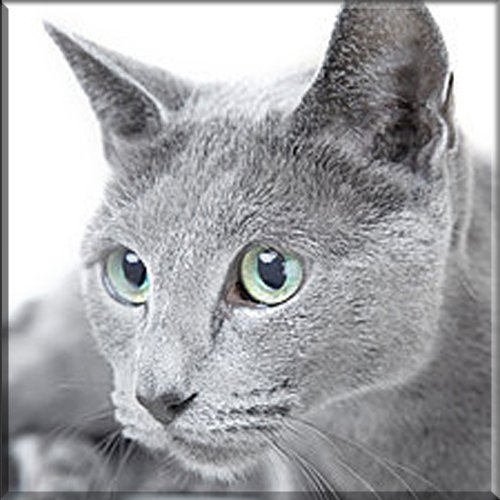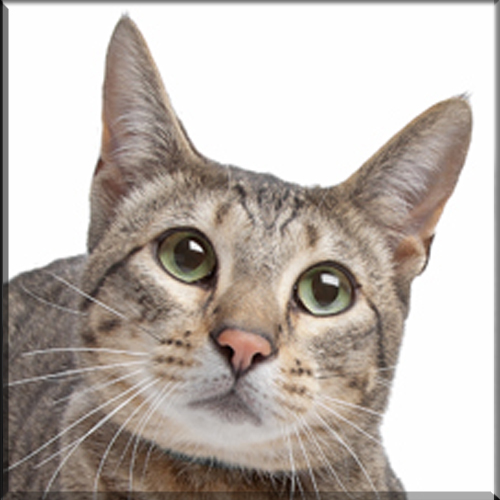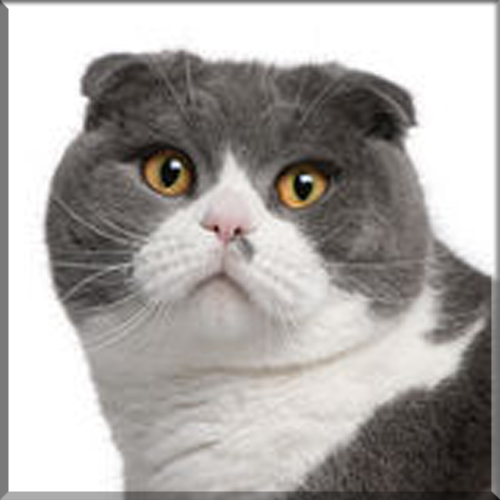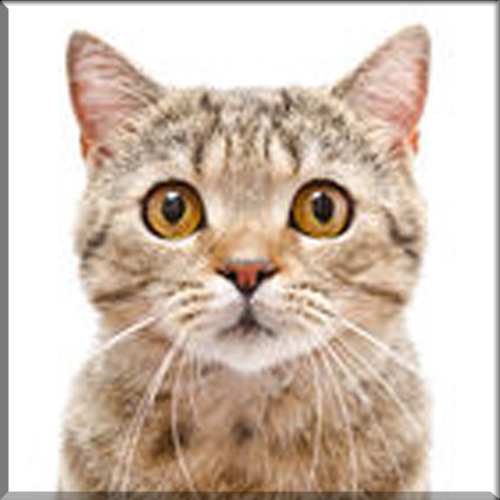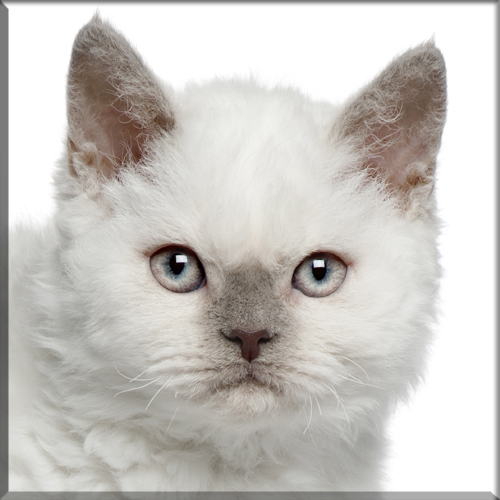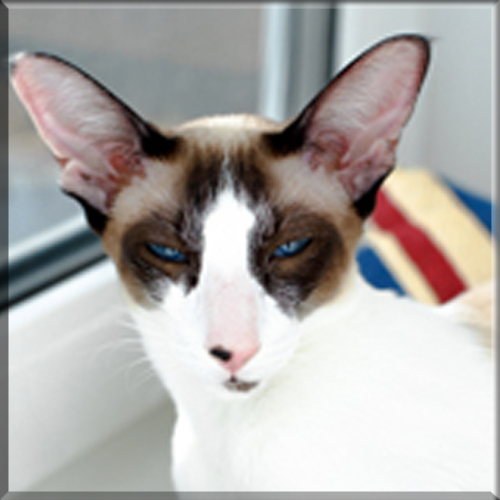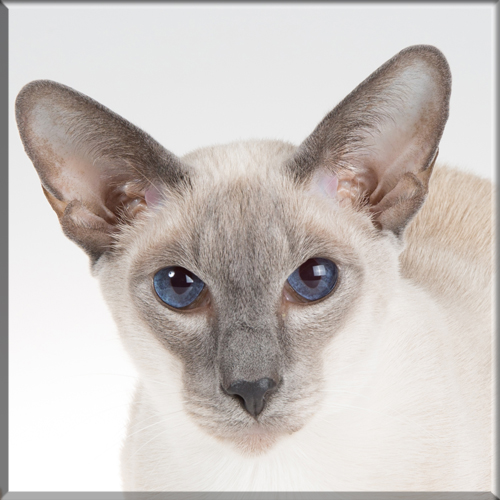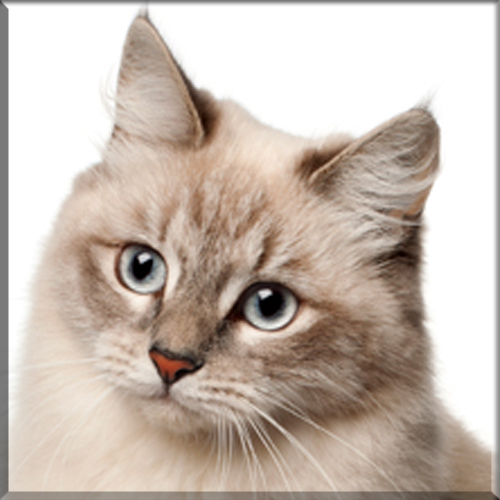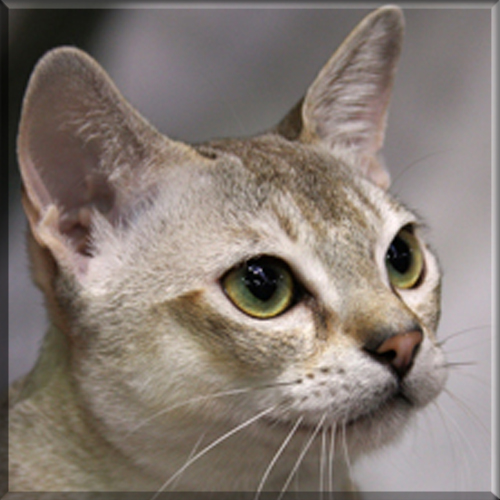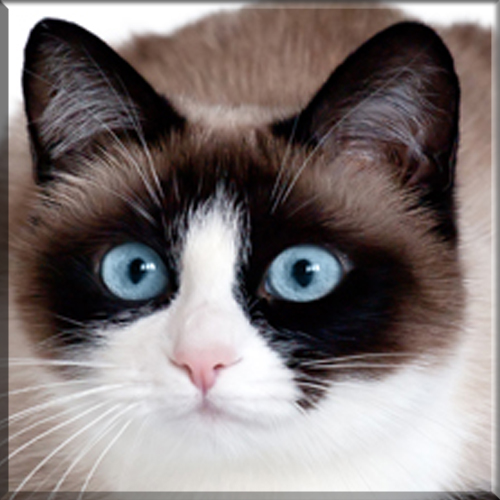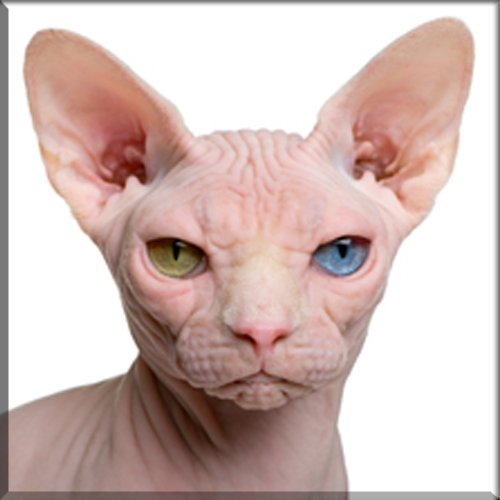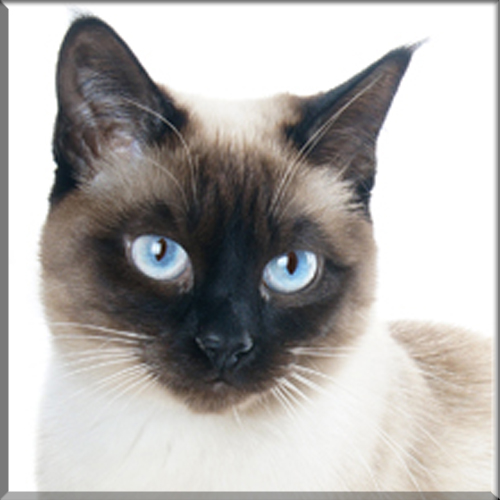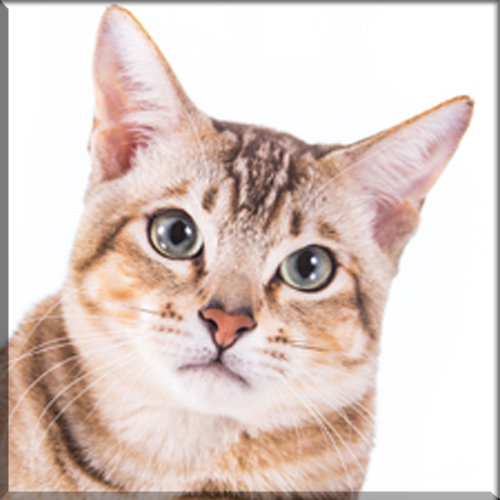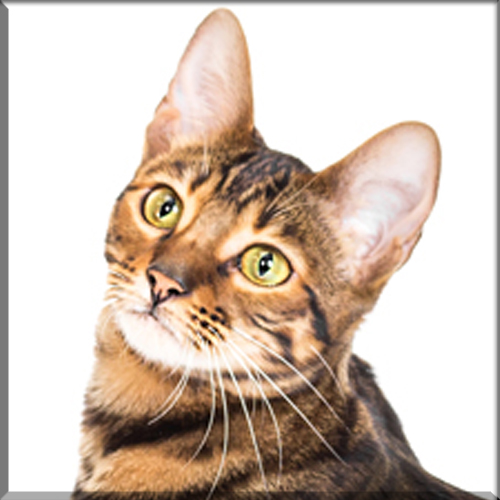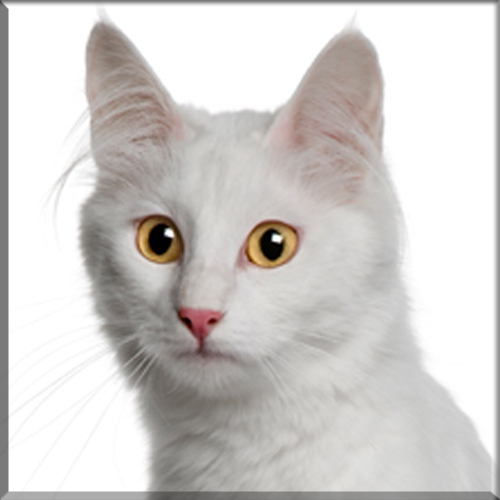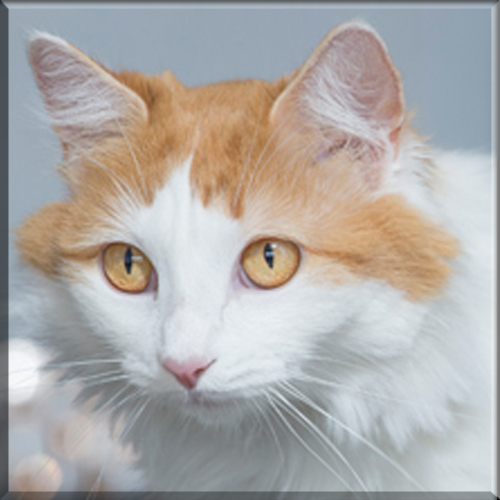Somali
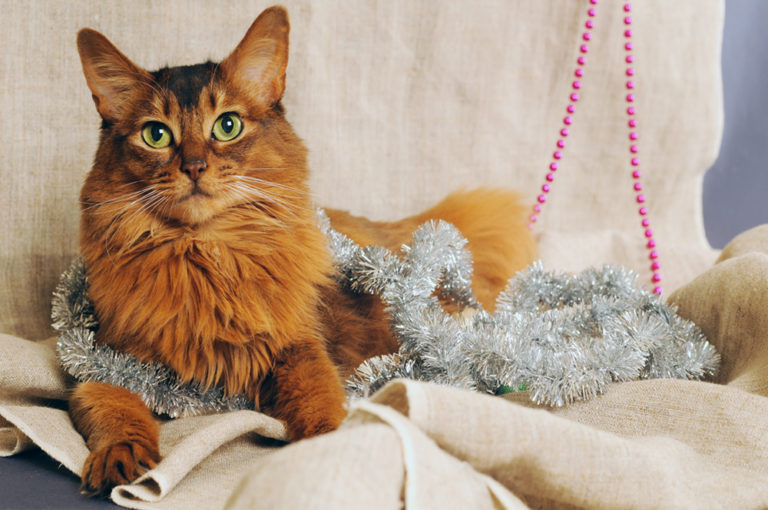
Appearance and features:
The Somalis are recognized for their bushy tails, large almond eyes, and large pointed ears, earning the breed its nickname of “Fox Cat.” Their ticked coats, containing between four and twenty colors on each hair, are very fine in texture, making their coats softer to the touch than those of other cat breeds. The cat itself is medium-large in size.
Size:
This is a medium-size cat weighing 8 to 12 pounds.
Family:
The Somali cat is often described as a long-haired African cat; a product of a recessive gene in Abyssinian cats, though how the gene was introduced into the Abyssinian gene pool is unknown.
Coloring:
The usual or ruddy Somali is golden brown ticked with black. There are 28 colors of Somali in total although certain organizations accept only some of these colors. All organizations that register Somalis permit usual (also known as ruddy), sorrel (red), blue, and fawn. Most clubs also recognize usual/ruddy silver, sorrel/red silver, blue silver, and fawn silver. Other colors that may be accepted by some registries include chocolate, lilac, red, cream, usual-tortie, sorrel-tortie, blue-tortie, fawn-tortie, chocolate-tortie, lilac-tortie, and silver variants of these (e.g. blue-tortie silver).
Origin:
The first known long-haired Abyssinian, named ‘Raby Chuffa of Selene’, appeared in America in 1953. Breeders assume that the long-haired gene was passed down through his ancestry. Most breeders were appalled by the sudden difference in appearance in their litters and refused to mention them. However, some breeders were intrigued and continued to breed the long-haired Abyssinian. At first, other Abyssinian breeders looked down upon the new development of the Somali and refused to associate them with the Abyssinian. They worked hard to keep the long-haired gene out of their own cats. An American Abyssinian breeder Evelyn Mague also received longhairs from her cats, which she named “Somalis”. Mague put out a call for other cats to breed with her own long-haired Abyssinians and found the many other breeders internationally that had been breeding long-haired Abyssinians for several years already. Don Richings, another Canadian breeder, used kittens from McGill, and began to work with Mague. The first Somali recognized as such by a fancier organization was Mayling Tutsuta, one of McGill’s cats. In 1979, the breed was recognized by the CFA in North America.
Temperament:
Like his sibling the Abyssinian, the Somali is a very intelligent and active cat. He is very graceful, loves heights, and will climb, jump, and play very hard. Ever in motion, it may seem as if the Somali never sleeps. He needs a variety of toys to keep him occupied and amused, and he can learn tricks quickly.
Somalis are adaptable throughout their lives and fit well into any home where they are given plenty of attention and/or have a companion feline to keep them company.If they are left alone, they will often get into trouble with their curiosity and boredom.
Somalis are adaptable throughout their lives and fit well into any home where they are given plenty of attention and/or have a companion feline to keep them company.If they are left alone, they will often get into trouble with their curiosity and boredom.
Health concerns:
The Somali cat is usually healthy, with few breed-related health issues, though some problems may occur. These include gingivitis, tooth decay, and renal amyloidosis, which are also seen in many other breeds of cats. Renal amyloidosis (often called RA) is a condition in which there is a deposition of the protein, amyloid, in various tissues which hinders that part of the body’s normal functioning. Other problems that are prevalent in most cat breeds, the Somali included, are feline infectious anemia (FIA) and autoimmune-mediated hemolytic anemia (AIHA). Some AIHA-related diseases are inherited erythrocyte disorders, such as pyruvate kinase deficiency and osmotic fragility.
Recently found in cats has been myelodysplasia. It is normally known to affect humans but was recently found in a litter of Somali kittens. Like AIHA, myelodysplasia causes anemia and is speculated to be the cause of anemia in Somalis in the past.
Somalis may also have hereditary retinal degeneration due to a mutation in the rdAc allele. This mutation is also seen in Abyssinians, Siamese cats, and other related breeds.
Somalis may also have hereditary retinal degeneration due to a mutation in the rdAc allele. This mutation is also seen in Abyssinians, Siamese cats, and other related breeds.
Breed Characteristics
Here is a helpful guide for the different characteristics of the breed. On a Scale of 1-5. 1 being very low level to 5 being high level.
Affection Level
5/5
Social Needs
5/5
Shedding
2/5
Kid Friendly
3/5
Friendly to Strangers
5/5
Health Concerns
2/5
Dog Friendly
4/5
Intellegence
5/5
Vocalization
1/5
Hypoallergenic: No
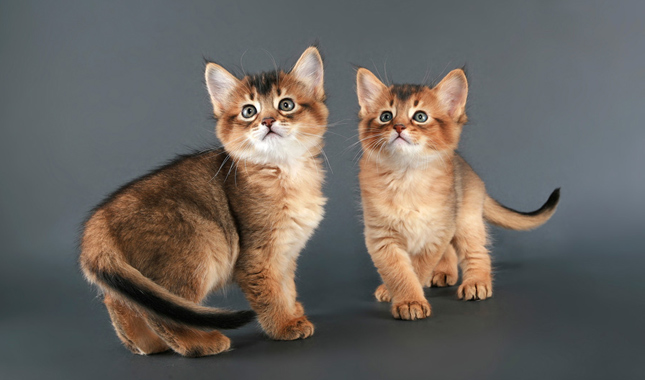
Breeders With Currently Available Kittens
All The Cat Breeds
- Abyssinian
- American Bobtail
- American Curl
- American Shorthair
- American Wirehair
- Balinese
- Bengal
- Birman
- Bombay
- British Shorthair
- Burmese
- Burmillia
- Charteux
- Chausie
- Colorpoint Shorthair
- Cornish Rex
- Devon Rex
- Donskoy
- Egyption Mau
- European Burmese
- Exotic
- Havana Brown
- Highlander
- Himalayan
- Japanese Bobtail
- Khao Manee
- Korat
- LaPerm
- Lykoi
- Maine Coon
- Manx
- Minuet / Napolean
- Munchkin
- Norwegian Forest Cat
- Ocicat
- Oriental Longhair
- Oriental Shorthair
- Persian
- Peterbald
- Pixie Bob
- Ragamuffin
- Ragdoll
- Russian Blue
- Savannah
- Scottish Fold
- Scottish Straight
- Selkirk Rex
- Seychellois
- Siamese
- Siberian
- Singapora
- Snowshoe
- Somali
- Sphynx
- Thai
- Tonkinese
- Toyger
- Turkish Angora
- Turkish Van

